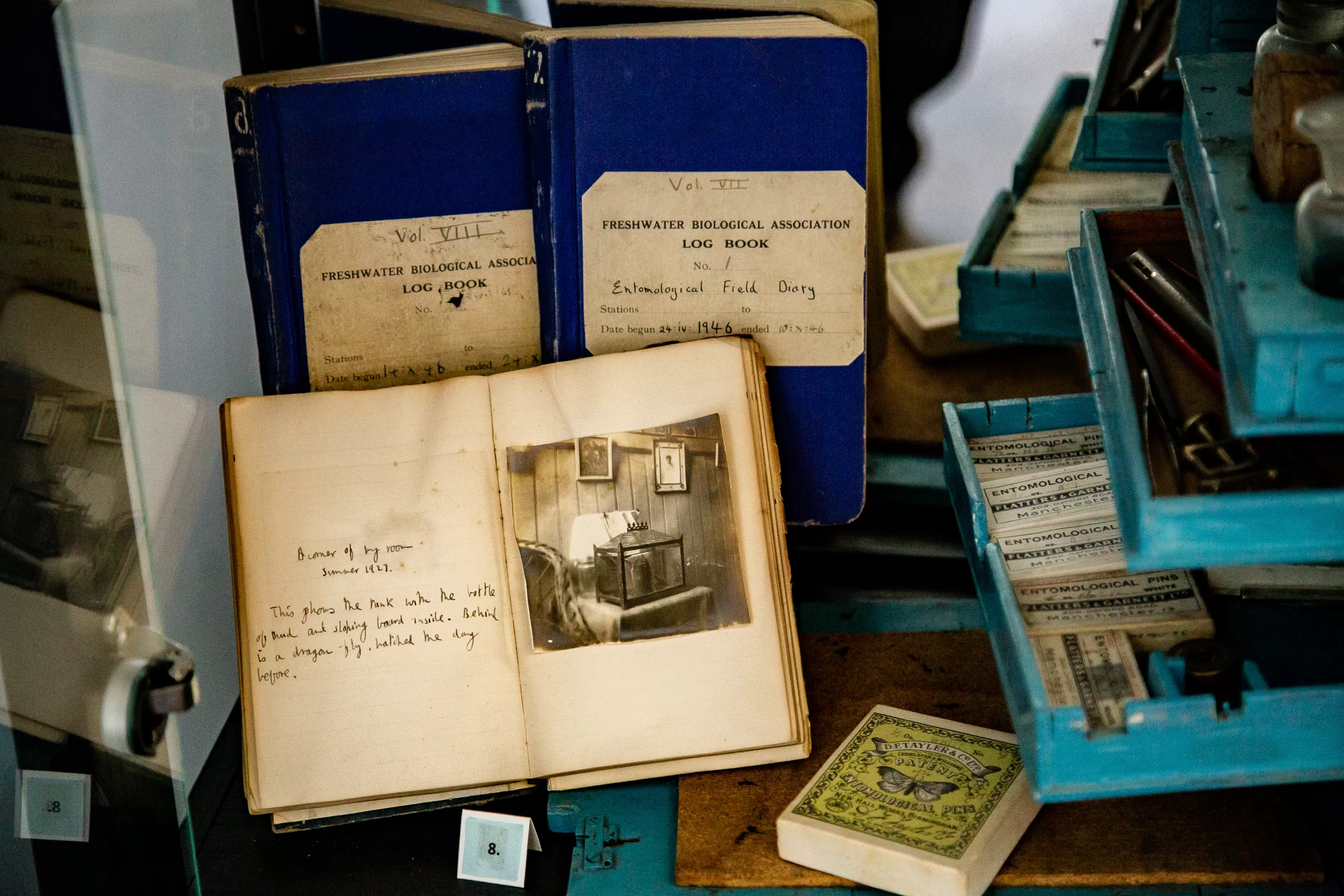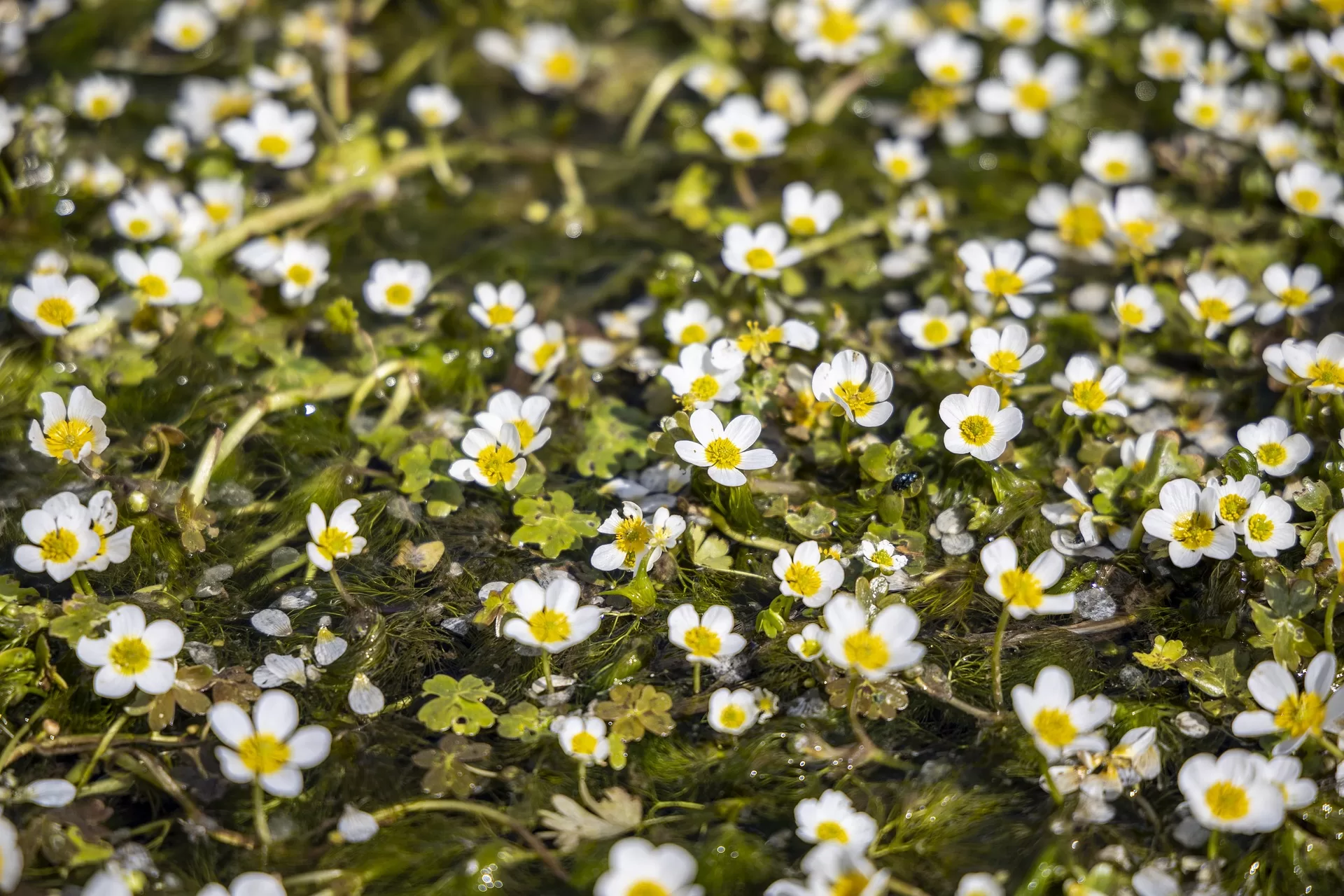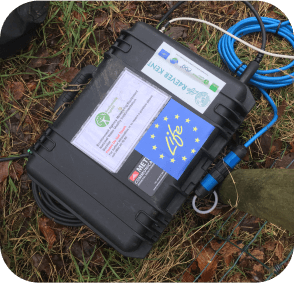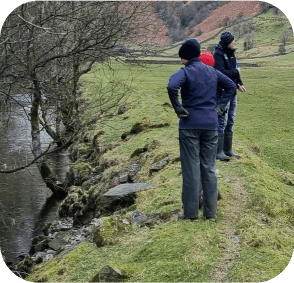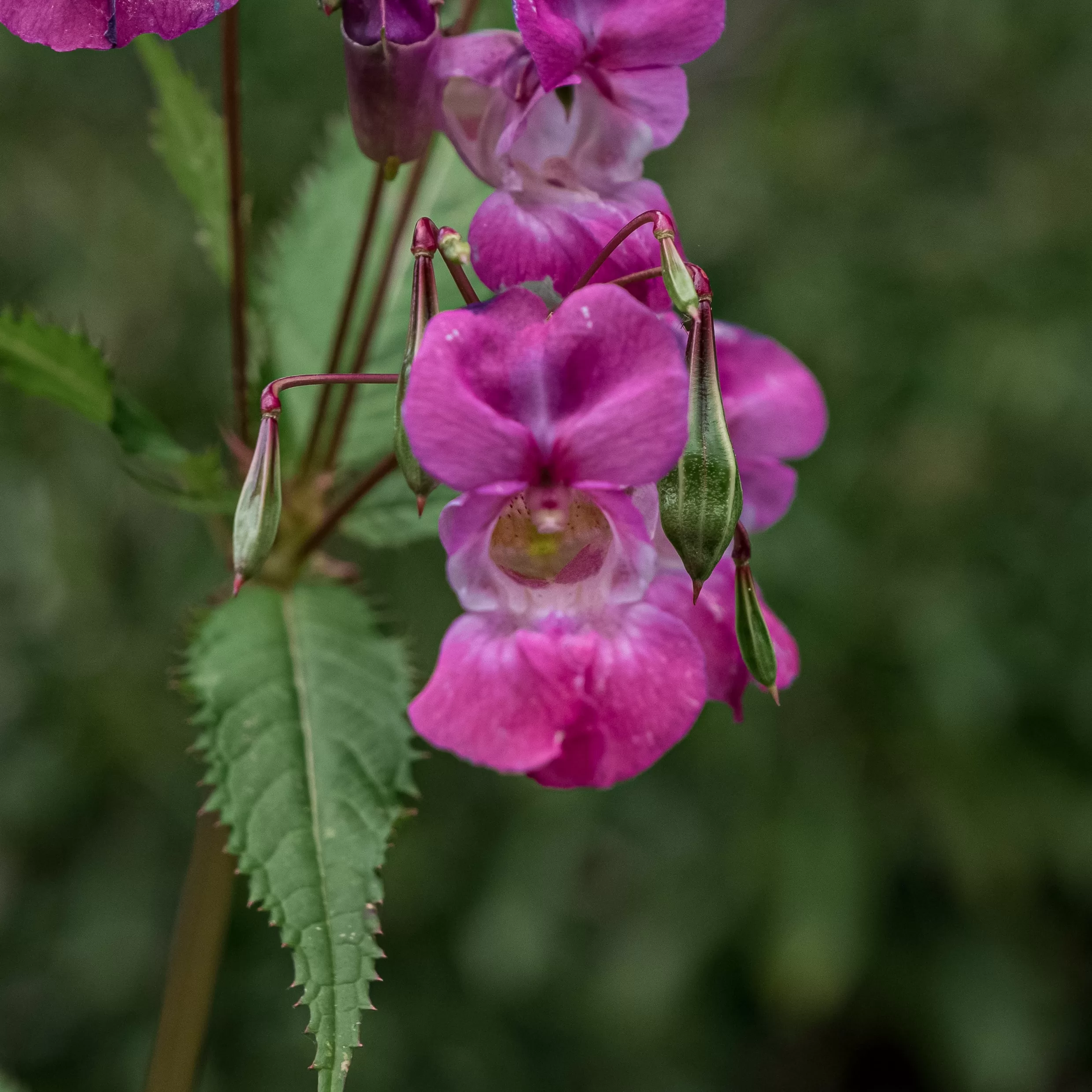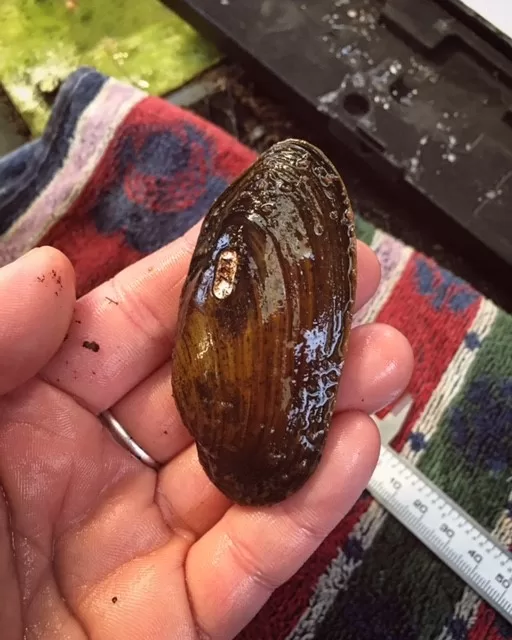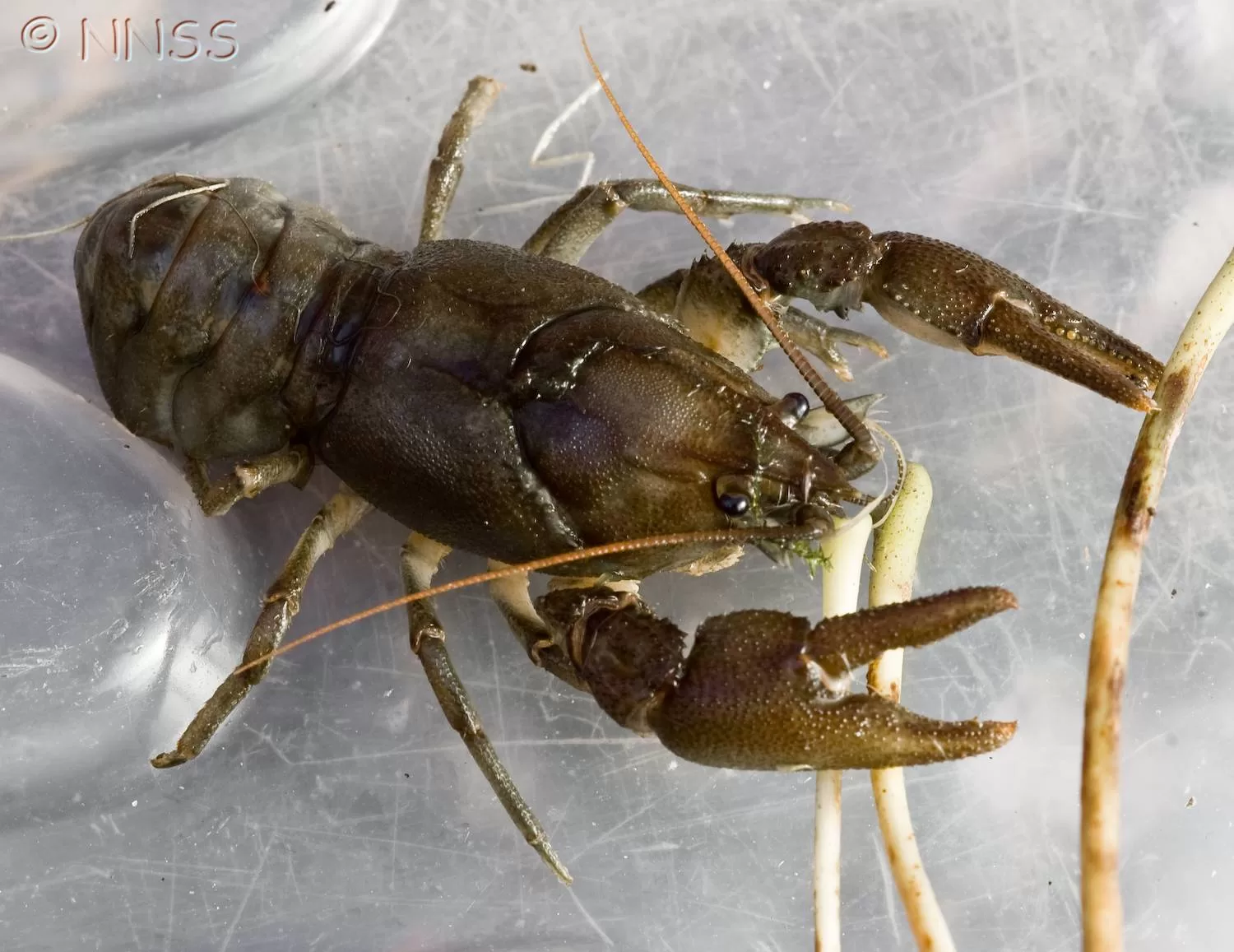Focussing our conservation efforts
The river Kent catchment in Cumbria is a designated Site of Special Scientific Interest (SSSI) and Special Area of Conservation (SAC) – this means that it is an area given greater protection under the Habitats Directive, and is a focus for conservation efforts. The river’s headwaters drain the Lake District’s southern fells, connecting various urban settlements including Kendal and Staveley.
The site is designated as a SAC for its ‘water courses of plain to montane levels’ with the presence of Water Crowfoot, Freshwater Pearl Mussels and White Clawed Crayfish.
These species are all given the population condition label of ‘Unfavourable’ in the UK and the SAC, meaning they need to be looked after!
Our main action points
To implement physical river restoration along the catchment length.
Increasing Freshwater Pearl Mussel population numbers and distribution.
Promote sensitive catchment management with landowners and occupiers.
Implementing an IAS strategy.
To achieve these aims, we will be collating existing relevant data from a large pool of sources, and will be gathering more to inform and track the success of the project actions on the delicate habitat and species.
Most importantly of all, we will be engaging with the community to try to involve as many people as possible. As a group of organisations, we may form different partnerships over the years and projects will come and go, but we recognise that, for the people who live there, the actions we implement live on and will continue to affect what is a dynamic – and responsive – ecosystem.
The project will be implementing a wide variety of habitat restoration along the upper reaches of the protected site, along the main stem of the River Kent as well as the many tributaries including the Sprint, Mint and Gowan.
Various methods such as buffer strip creation, river shading, tree planting and green engineering all helps to provide a mosaic of habitats, reduce erosion of banks and siltation from adjacent land and help create resilience to climate change. Large woody debris installations create much-needed flow diversity and refuges for fish. Revetments and embankments are being removed, which improve the hydro-geomorphology of the habitat, reinstates the natural form of the watercourses and helps increase floodplain connection to reduce flood and drought risks. Removal of small weirs and deculverting where opportunities are identified helps remove barriers to the movement of both species and the natural river substrates such as fine gravels.
Four key invasive plant species affect the protected site: Himalayan Balsam, Japanese Knotweed, Giant Hogweed and American skunk cabbage. All outcompete native species, can dominate river margins and leave bare soil exposed to erosion in winter. The largest threat to the SAC is the introduction of American Signal Crayfish and crayfish plague, which impacts native white-clawed crayfish populations – both have been identified in nearby catchments.
We are raising awareness of these invasive non-native species and steps everyone can take to improve biosecurity – reducing the spread of spores or species between areas. Our army of volunteers will be assisting in removing some of the safer species such as Himalayan Balsam, and we are trialing new techniques such as eDNA to help map where invasive species are in the catchment. To make our native white-clawed crayfish more resilient to future spread of invasive species, we are identifying and establishing Ark sites as natural refuges for our native crayfish.
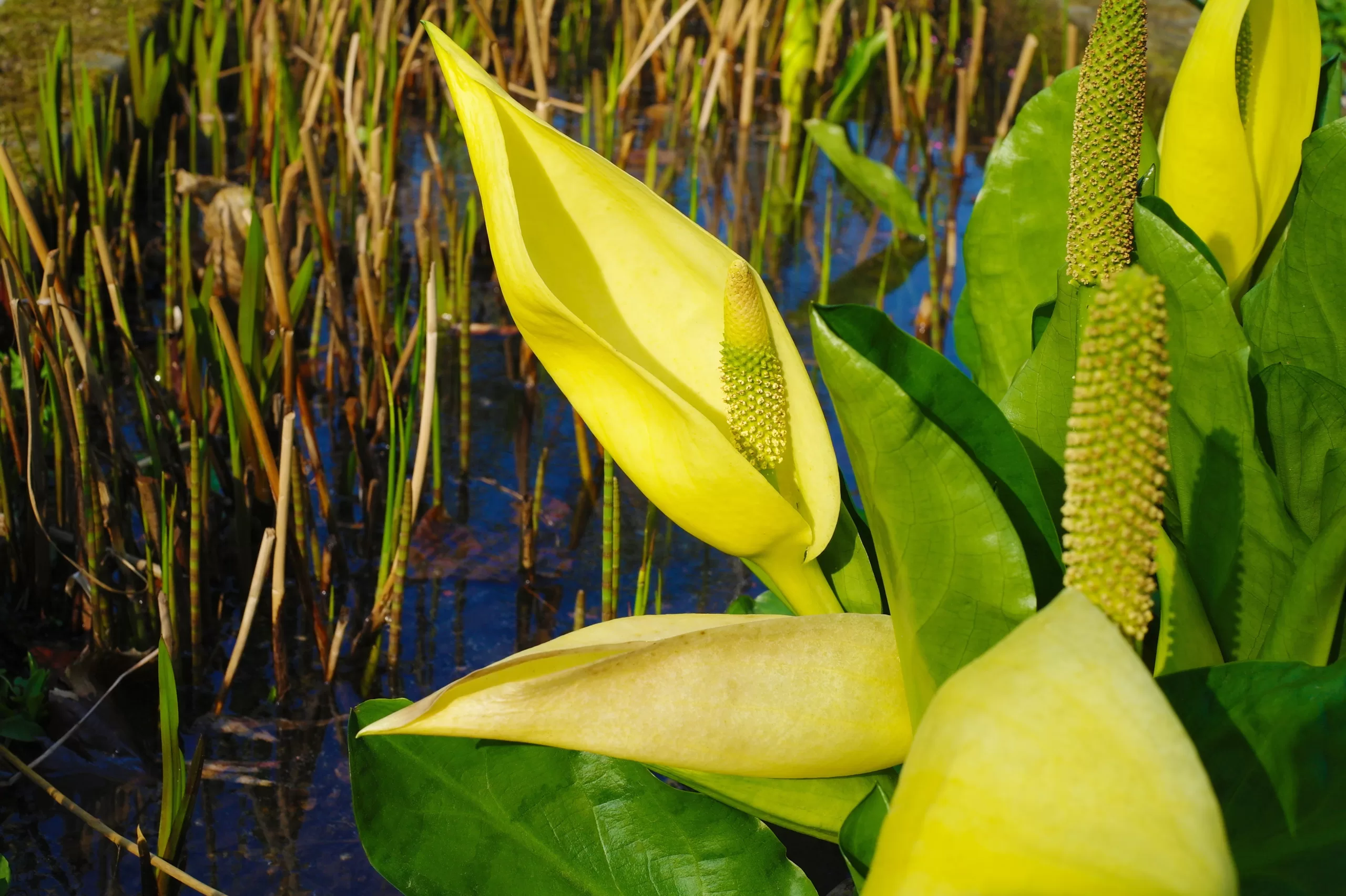
Our Catchment Management Advisers at Natural England will be reaching out to the land management community to facilitate the uptake of land management practices that will benefit the rivers through workshops, talks and events about how to implement small changes that can make a big difference in reducing runoff of excess nutrients and chemicals, as well as direct one-to-one contact with farms to help them access grant schemes. They will also be forming an updated Diffuse Water Pollution Plan to direct future work in the catchment.
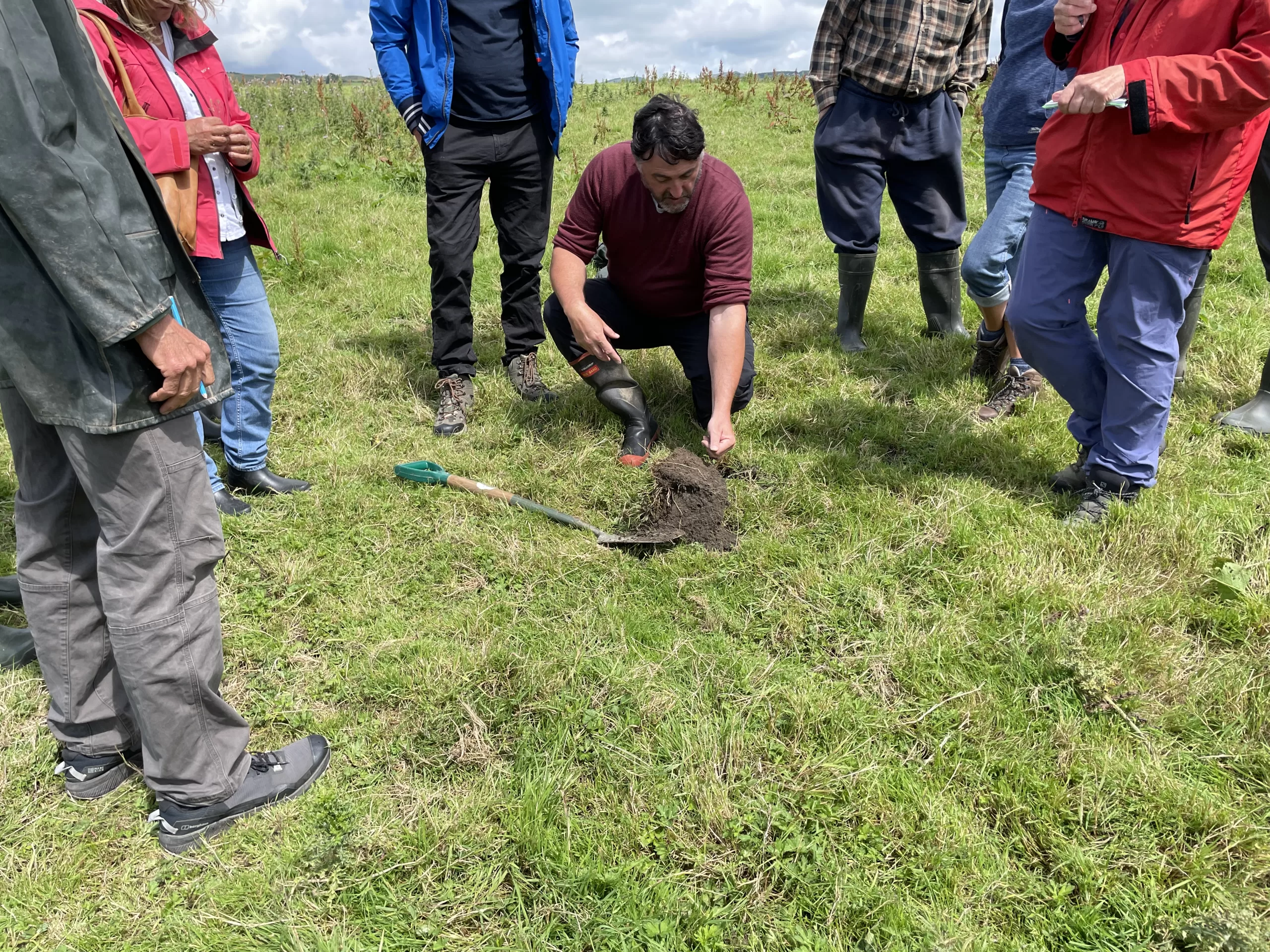
The River Kent Special Area of Conservation is home to freshwater pearl mussels, but very few are left and this designated species desperately needs some support.
Freshwater pearl mussel glochidia are specialised parasites that require population-specific host salmonids for successful development and population recruitment. Our research will focus on host-parasite interactions to make evidence-based decisions on potential donor populations. The results of this research will help to inform donor population selection within the project, as well as providing new information on mechanisms of encystment. This information is important to inform the selection of a resilient freshwater pearl mussel population capable of future natural recruitment, as well as for the streamlining of captive breeding processes on a wider scale.
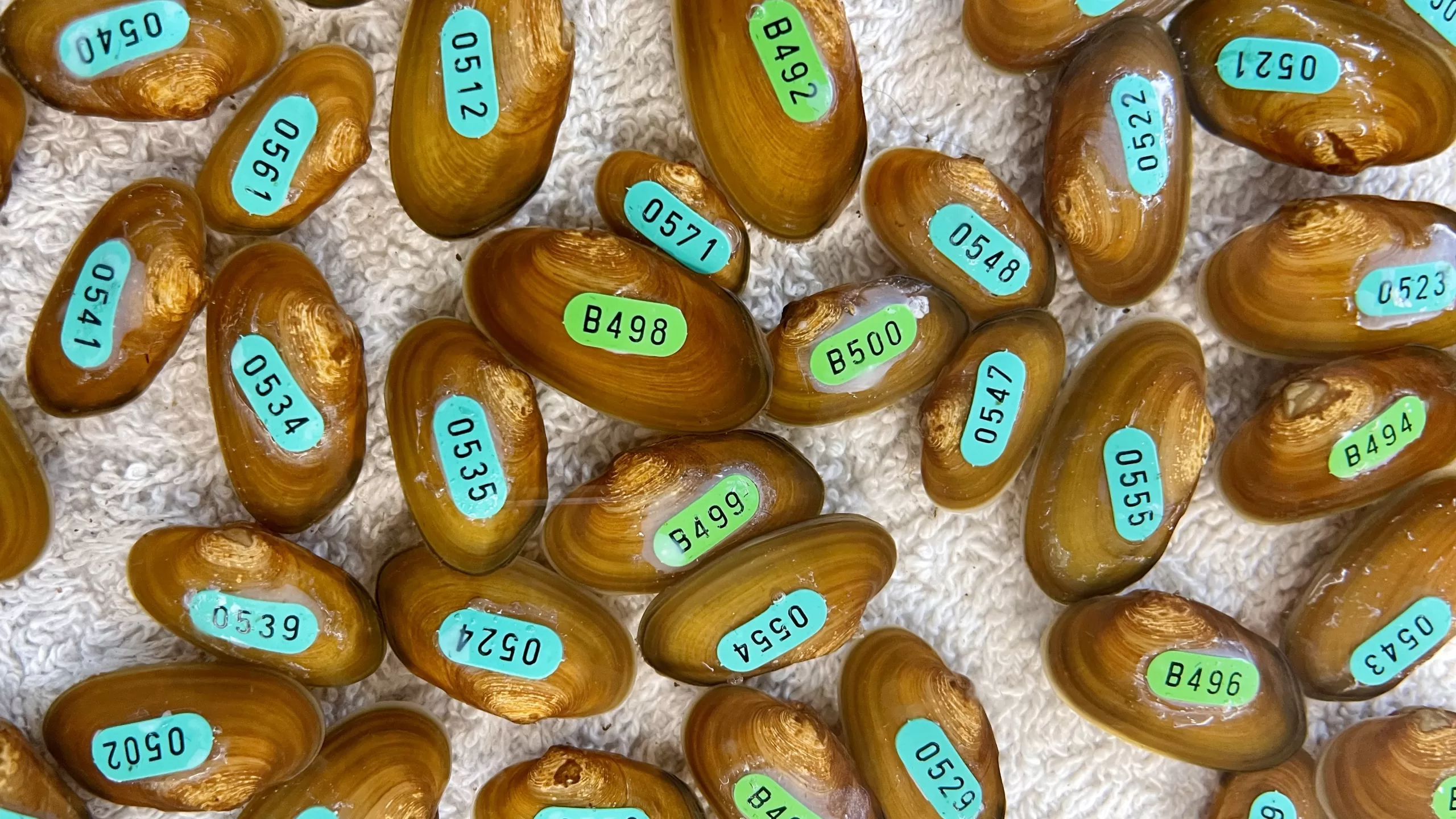
The project will be implementing a wide variety of habitat restoration along the upper reaches of the protected site, along the main stem of the River Kent as well as the many tributaries including the Sprint, Mint and Gowan.
Various methods such as buffer strip creation, river shading, tree planting and green engineering all helps to provide a mosaic of habitats, reduce erosion of banks and siltation from adjacent land and help create resilience to climate change. Large woody debris installations create much-needed flow diversity and refuges for fish. Revetments and embankments are being removed, which improve the hydro-geomorphology of the habitat, reinstates the natural form of the watercourses and helps increase floodplain connection to reduce flood and drought risks. Removal of small weirs and deculverting where opportunities are identified helps remove barriers to the movement of both species and the natural river substrates such as fine gravels.
Four key invasive plant species affect the protected site: Himalayan Balsam, Japanese Knotweed, Giant Hogweed and American skunk cabbage. All outcompete native species, can dominate river margins and leave bare soil exposed to erosion in winter. The largest threat to the SAC is the introduction of American Signal Crayfish and crayfish plague, which impacts native white-clawed crayfish populations – both have been identified in nearby catchments.
We are raising awareness of these invasive non-native species and steps everyone can take to improve biosecurity – reducing the spread of spores or species between areas. Our army of volunteers will be assisting in removing some of the safer species such as Himalayan Balsam, and we are trialing new techniques such as eDNA to help map where invasive species are in the catchment. To make our native white-clawed crayfish more resilient to future spread of invasive species, we are identifying and establishing Ark sites as natural refuges for our native crayfish.

Our Catchment Management Advisers at Natural England will be reaching out to the land management community to facilitate the uptake of land management practices that will benefit the rivers through workshops, talks and events about how to implement small changes that can make a big difference in reducing runoff of excess nutrients and chemicals, as well as direct one-to-one contact with farms to help them access grant schemes. They will also be forming an updated Diffuse Water Pollution Plan to direct future work in the catchment.

The River Kent Special Area of Conservation is home to freshwater pearl mussels, but very few are left and this designated species desperately needs some support.
Freshwater pearl mussel glochidia are specialised parasites that require population-specific host salmonids for successful development and population recruitment. Our research will focus on host-parasite interactions to make evidence-based decisions on potential donor populations. The results of this research will help to inform donor population selection within the project, as well as providing new information on mechanisms of encystment. This information is important to inform the selection of a resilient freshwater pearl mussel population capable of future natural recruitment, as well as for the streamlining of captive breeding processes on a wider scale.

Other project links
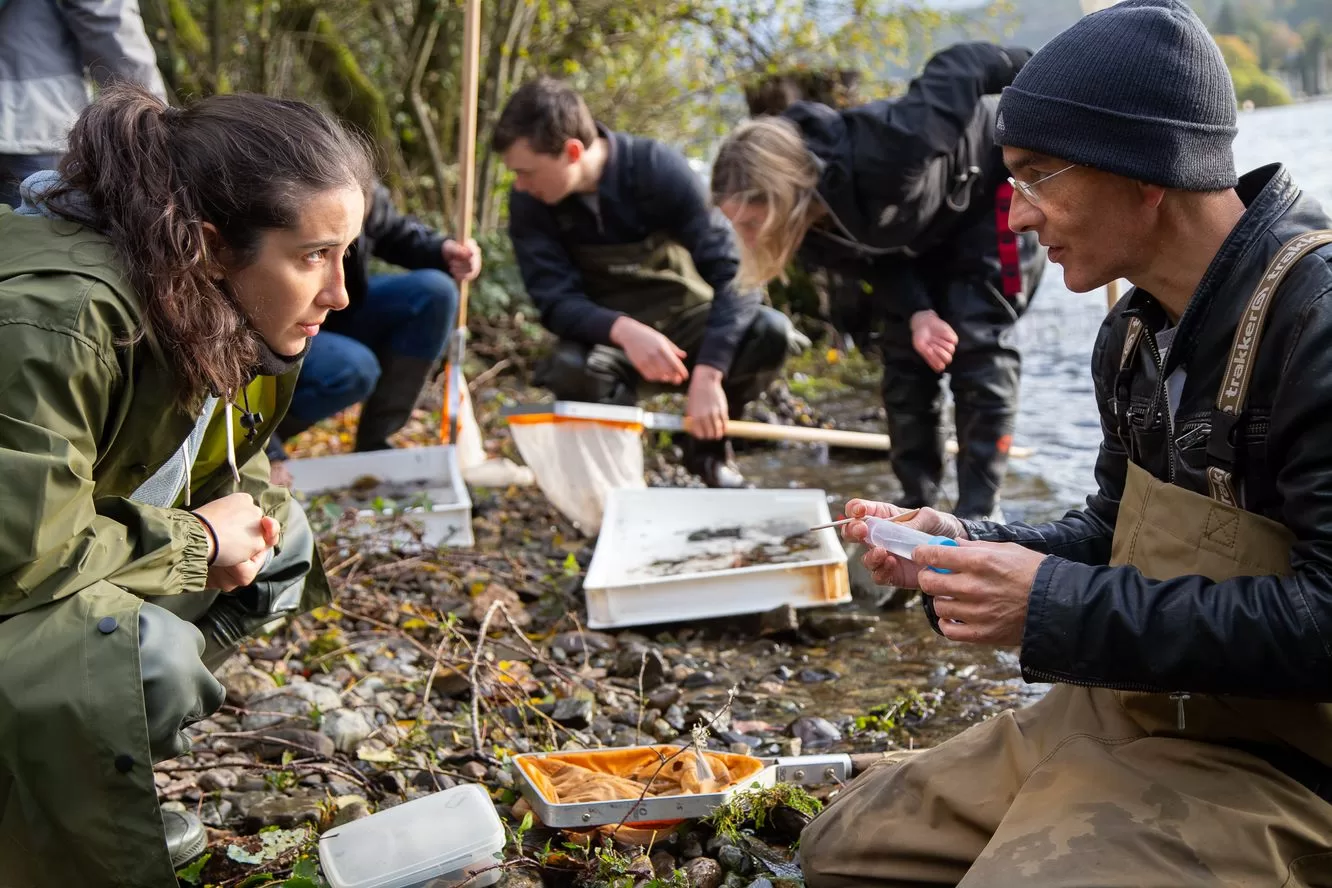
Research
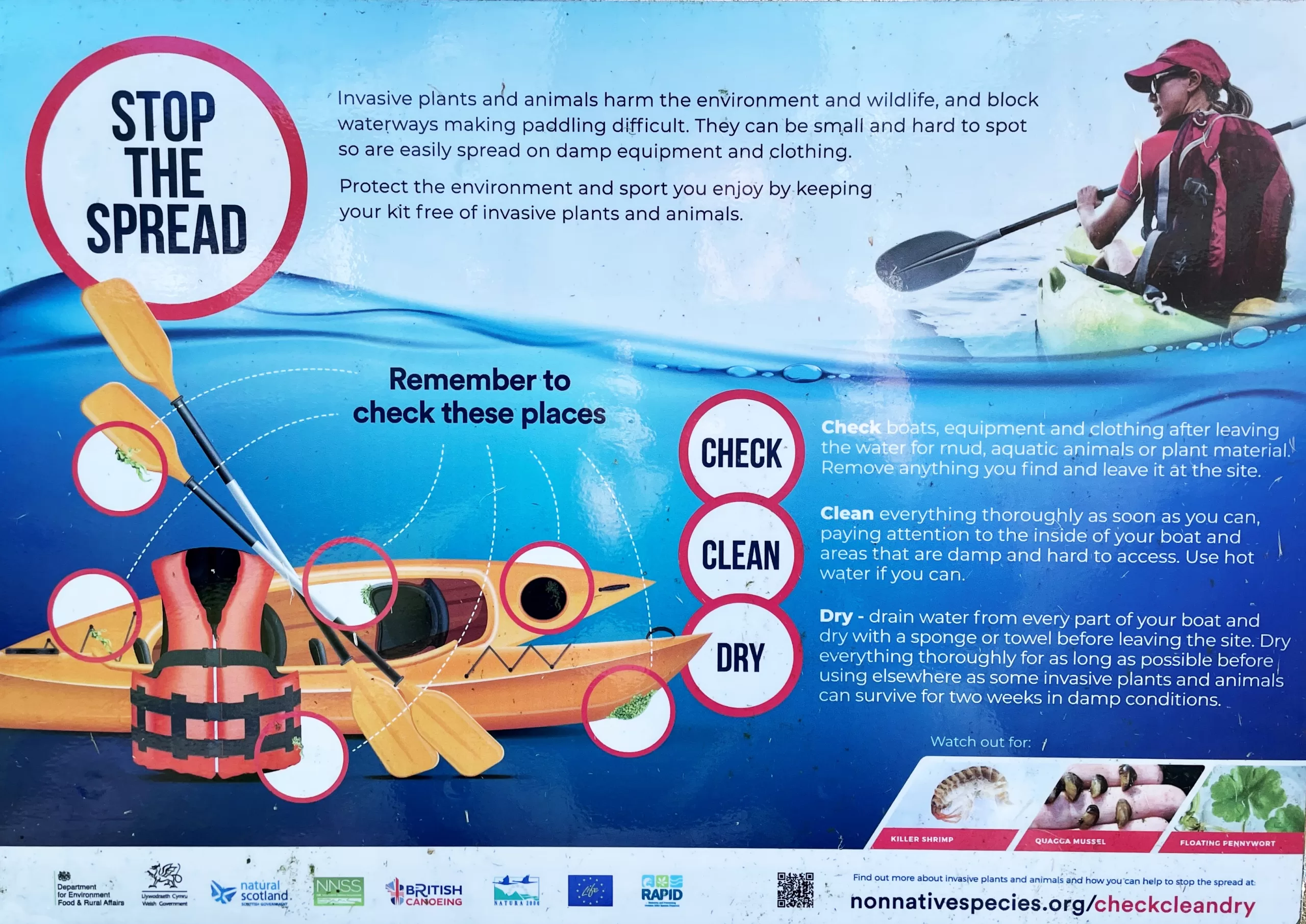
Biosecurity
